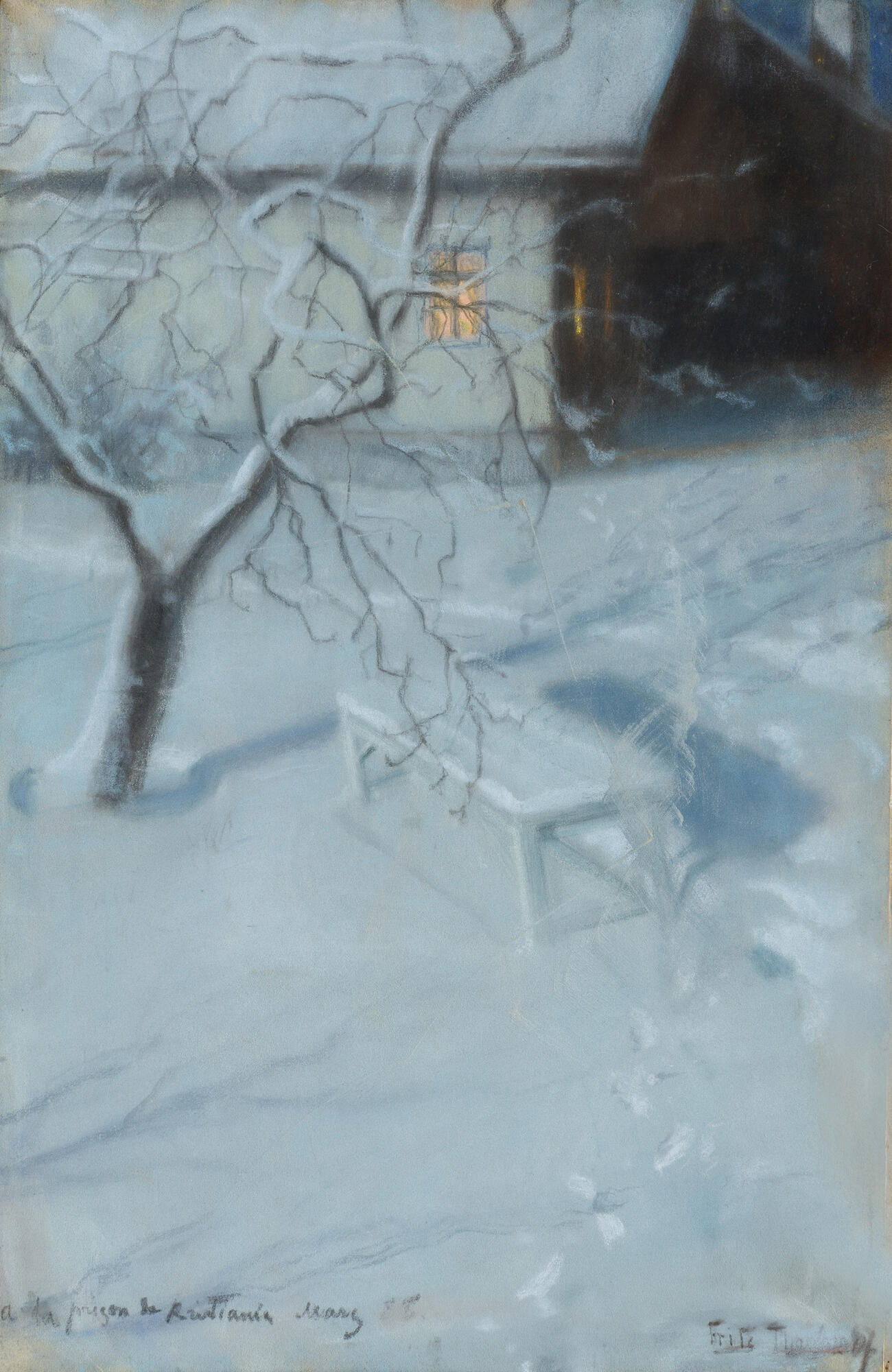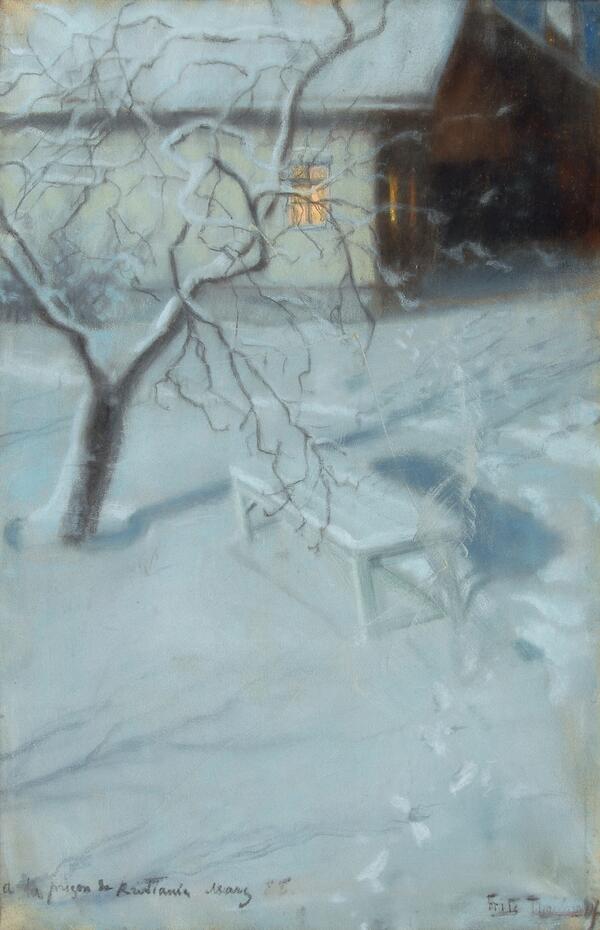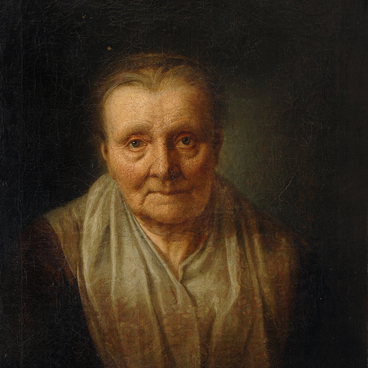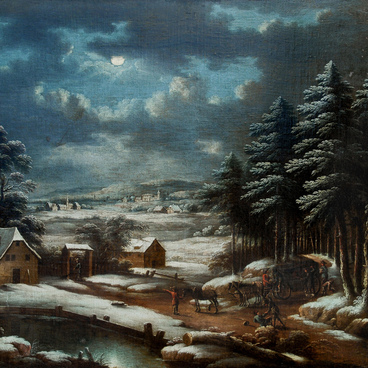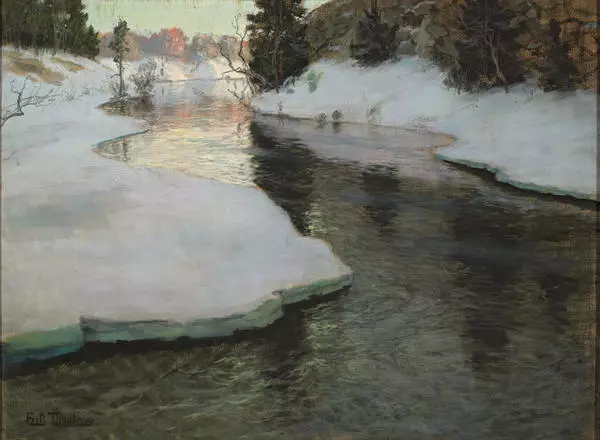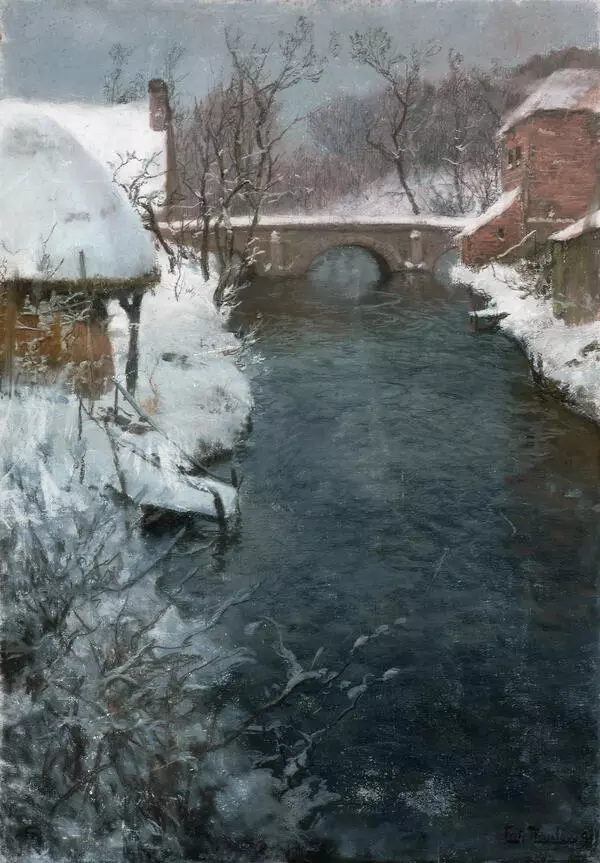Along with Edvard Munch, Frits Thaulow is one of the most prominent representatives of 19th-century Norwegian painting. He is known for his landscapes. Unlike Munch’s expressionist paintings, Thaulow’s impressionist works are still largely realistic.
Frits Johan Frederik Thaulow was born into the family of a chemist in Christiania (modern Oslo) in 1847. He studied at the Academy of Art in Copenhagen and later in Karlsruhe. In 1875, he moved to France and soon started exhibiting at the Paris Salon. He was a close friend of Claude Monet, and Auguste Rodin owned some of his paintings. After returning to his homeland, Frits Thaulow founded the Plein-Air School of Painting in Modum. He started with seascapes but soon became famous for his winter landscapes.
In his review of Thaulow’s exhibition for the Russian “World Illustrated” magazine, the critic Vladimir Chuyko wrote, “Like Zorn is revered as the great Swedish portrait painter, Thaulow is a great Norwegian landscape painter. Each of his landscapes is one of a kind. In the manner of speaking, he individualizes nature, fills it with meaning, character, and life, making it either captivating or awe-inspiring.”
Russian art connoisseurs first showed interest in Norwegian painting in the late 19th century. Thaulow’s “Moonlit Night” entered the Primorye Art Gallery in Vladivostok from the Museum of Fine Arts (nowadays known as the Pushkin State Museum of Fine Arts) in 1961.
The works of this Norwegian artist are characterized by a muted color palette and the combination of a realistic landscape with impressionist innovations. His later works betray the influence of symbolism.
Impressionism was one of the most prominent art movements of the late 19th century which originated in France and greatly influenced 20th-century art. The term impressionism comes from the French word “impression” (having the same meaning as its English equivalent). The artists of this movement relinquished the academic and realistic legacy, trying to capture a fleeting moment of life and convey their impression of the subject.
Frits Johan Frederik Thaulow was born into the family of a chemist in Christiania (modern Oslo) in 1847. He studied at the Academy of Art in Copenhagen and later in Karlsruhe. In 1875, he moved to France and soon started exhibiting at the Paris Salon. He was a close friend of Claude Monet, and Auguste Rodin owned some of his paintings. After returning to his homeland, Frits Thaulow founded the Plein-Air School of Painting in Modum. He started with seascapes but soon became famous for his winter landscapes.
In his review of Thaulow’s exhibition for the Russian “World Illustrated” magazine, the critic Vladimir Chuyko wrote, “Like Zorn is revered as the great Swedish portrait painter, Thaulow is a great Norwegian landscape painter. Each of his landscapes is one of a kind. In the manner of speaking, he individualizes nature, fills it with meaning, character, and life, making it either captivating or awe-inspiring.”
Russian art connoisseurs first showed interest in Norwegian painting in the late 19th century. Thaulow’s “Moonlit Night” entered the Primorye Art Gallery in Vladivostok from the Museum of Fine Arts (nowadays known as the Pushkin State Museum of Fine Arts) in 1961.
The works of this Norwegian artist are characterized by a muted color palette and the combination of a realistic landscape with impressionist innovations. His later works betray the influence of symbolism.
Impressionism was one of the most prominent art movements of the late 19th century which originated in France and greatly influenced 20th-century art. The term impressionism comes from the French word “impression” (having the same meaning as its English equivalent). The artists of this movement relinquished the academic and realistic legacy, trying to capture a fleeting moment of life and convey their impression of the subject.
